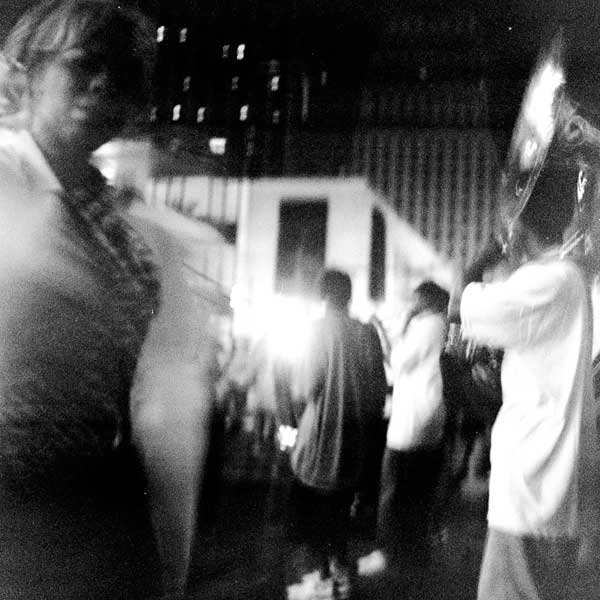Normally we don’t review rock docs in this column. However
Mad Dogs & Englishmen feels like cinema to me. It watches more like a movie
than a documentary. There are good guys and bad guys, a beginning, middle and
end. The story has a heroic arc that finds our protagonist, Sheffield born
R&B singer Joe Cocker, embarking on a long and dangerous journey across
country with a band of friends and strangers to find the origin of his musical
soul. Sounds dramatic right? Well it really is. This was probably the 4th
or 5th time I’d watched Mad Dogs & Englishmen and I’d always
found it very compelling, but I didn’t quite “get it” if you know what I mean.
This time I got it. Fully! The reason it doesn’t feel like a bunch of concert
footage is because it isn’t. It is a fully realized movie about a huge
undertaking involving over 40 musicians and fellow travelers careening around
North America creating something unique and special every single night. Along
the way, we get a primer on the highs and lows of the music business circa
1970.
For the most part Joe Cocker comes off a genuinely talented,
nice, inarticulate guy who is just kind of going with the flow. He has a tour
of America booked after his triumphant performance at Woodstock with The Grease
Band. Unfortunately, shortly thereafter The Grease Band went their separate
ways and Cocker was left with his name on the dotted line and a North American
Tour to mount. He called his friend, Leon Russell and within a day or two Leon
had assembled a huge band that included the cream of the L.A./Oklahoma axis of
musicians. Names like Rita Coolidge, Jim Keltner, Bobby Keys, Don Preston, Carl
Radle and at the center of it all Leon and Joe battling for supremacy. For at
the center of this movie is the subtle, dark, controlling, svengali-like
personality of Leon Russell. Russell is the obvious musical director of this
huge and supremely talented assemblage, as well as the social director and
spiritual center of the whole affair. His image and musical fingerprints are
everywhere. As stated Joe seems somewhat inarticulate which is never better
illustrated than the scenes where he is taken around to radio stations to
promote himself. Most painful is a stilted meeting with Bay Area legend Big
Daddy Tom Donahue who comes across as overbearing and out of touch as Cocker
does timid and hung-over. It becomes clear almost immediately that Cocker
himself is like a wind blown leaf in hurricane gale wind, burned out from a
couple of intense years of touring and a rocket ship to fame, he is hollow-eyed
and lost. Until he gets on stage that is. After all, the reputation of this
movie rests on the electrifying performances. And they are. Cocker becomes
possessed by the music and delivers a series of electrifying performances. The
band is unbelievably funky and tight, yet the arrangements of the familiar
material are open-ended and loose allowing for breathtaking improvised ensemble
moments. That looseness and amazing arranging can be laid at Leon’s feet. His
musical contribution is as important as his emotional impact on the
proceedings.
As the tour winds from coast to coast all the excess of the
late 60’s is on full display; you got your sex (groupies everywhere including a
weirdly dated encounter with “the butter queen,)” drugs (everything, all the
time, non-stop) and of course Joe’s form of soul revue Rock and Roll.
Interestingly, with over 40 years hindsight we can almost see the misguided
idealism of the Woodstock experience unwind before our eyes. As the tour builds
momentum the performances get better and better, the party gets longer and
stranger and the entire proceeding looks to be heading for some kind of psychic
cliff. Then...there is a moment of calm as the touring party lands in Oklahoma
on someone’s farm for a down home picnic. All the schizophrenic impulses of the
1960’s are in full effect; the pastoral vs. the city, the family unit vs.
rugged individualism, the traditional vs. the avant garde. It is all there as a
large bunch of hippie musicians slowly unwind into the sunny grass fields of
the American heartland. You can see the yearning for it to last forever, cut
with the reality that this fragile ecosystem had to eventually crumble. Before
it does though, it produces one hell of a great musical ride.
- Paul Epstein




























